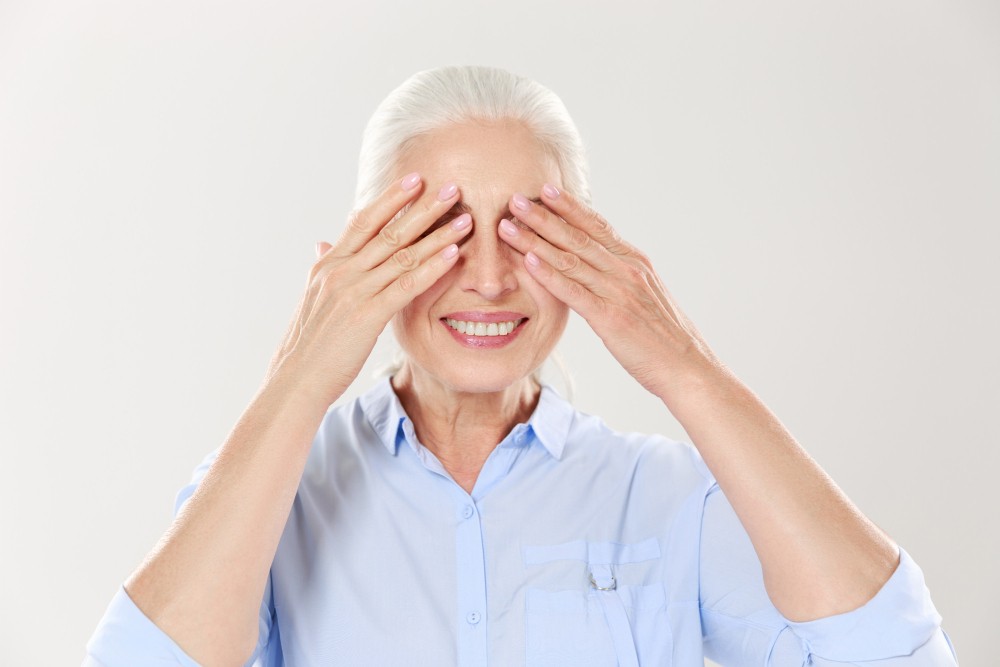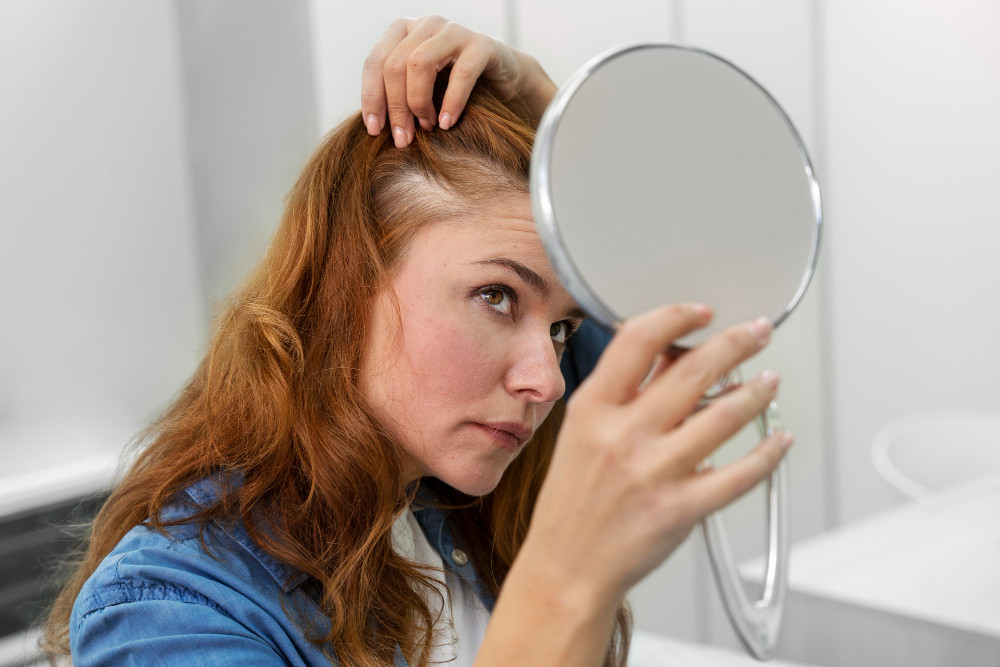As people age, various bodily functions naturally decline, including vision. Vision impairment in older adults requires appropriate care to prevent injuries from falls and maintain quality of life. Here are some common eye disorders that the elderly may experience, along with their symptoms.
Eye Disorders Often Seen in the Elderly
Age-Related Farsightedness (Presbiopia)
Presbyopia, commonly known as age-related farsightedness" is a frequent vision issue among the elderly. This condition occurs as the muscles around the eye lens weaken, making it difficult for the lens to focus light directly onto the retina.
Symptoms of presbyopia include difficulty reading or seeing objects up close. Treatment often involves using reading glasses or contact lenses to correct near vision.
Cataract
A healthy eye lens is typically clear, but in individuals with cataracts, the lens becomes cloudy due to a disruption in the breakdown of proteins within it.
People with cataracts may experience blurred or "foggy" vision, making activities like reading, driving, operating machines or recognizing faces challenging.
Cataracts tend to progress slowly, but over time, the clouding can worsen, significantly impairing vision. The most effective treatment is surgery to remove the cataract.
Glaucoma
Glaucoma is an eye disorder resulting from optic nerve damage due to fluid buildup in the eye, often leading to increased pressure. Though it can develop at any age, glaucoma is more common in the elderly. If untreated, glaucoma can lead to blindness.
Most people are unaware of increased eye pressure until significant optic nerve damage occurs.
While optic nerve damage is irreversible, eye drops, oral medications, surgery, and regular eye exams can help control symptoms and slow disease progression.
Macular Degeneration
Macular degeneration involves the gradual loss of central vision due to aging. Typically affecting individuals over 50, this condition occurs as light-sensitive cells in the retina deteriorate, reducing sensitivity to light.
Symptoms include difficulty with tasks like reading, writing, and driving. Although macular degeneration has no cure, early detection and treatment can slow its progression. Treatment options vary by type and may include nutritional supplements, medications, photodynamic therapy (PDT), or laser therapy.
Diabetic Retinopathy
Diabetic retinopathy is a retinal disorder that often affects people with diabetes. High blood sugar can damage the retinal blood vessels, causing them to leak or close, which can impair vision. In some cases, new, abnormal blood vessels may grow in the retina, further affecting sight.
Vision problems can become more common with age and may worsen due to chronic illnesses such as diabetes. Regular eye exams and a healthy lifestyle can help slow the progression of diabetic retinopathy and other age-related vision issues.
Maintaining eye health through regular check-ups is essential for managing these conditions. If you have questions about eye health, consult an eye doctor or use the Ai Care app's consultation feature, available on the App Store and Play Store.
Curious about other health topics? Click here!
- dr Nadia Opmalina
WebMD Editorial Contributors. (2022). Eye Problems: What to Expect as You Age. Available from: https://www.webmd.com/eye-health/vision-problems-aging-adults
Harvard Health Publishing. (2023). 4 serious age-related eye problems. Available from: https://www.health.harvard.edu/diseases-and-conditions/4-serious-age-related-eye-problems
Felman, A. (2024). What vision problems are more common in older adults?. Available from: https://www.medicalnewstoday.com/articles/elderly-vision-problems
Mayo Clinic. Glaucoma. Available from: https://www.mayoclinic.org/diseases-conditions/glaucoma/symptoms-causes/syc-20372839
Mayo Clinic. Cataract. Available from: https://www.mayoclinic.org/diseases-conditions/cataracts/symptoms-causes/syc-20353790












